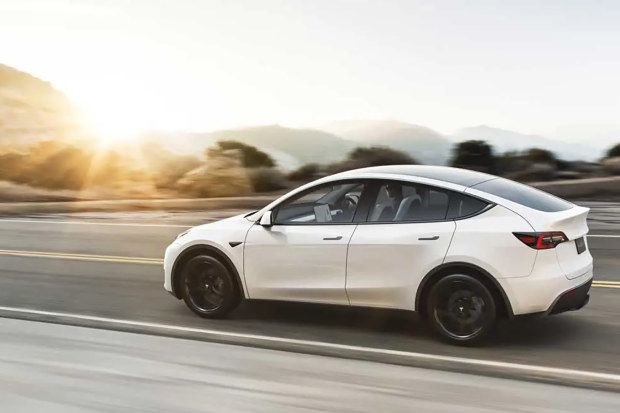GMG will retain ownership of the intellectual property of the graphene aluminium-ion battery pouch cell and battery pack. On completion of the joint project, Rio Tinto would have the right to procure and use the batteries in their operations.
The deal does not stop GMG selling then technology to other mining companies, but Rio Tinto will receive a financial payment for helping back the technology.
Mr Nicol said the collaboration with Rio Tinto was a key step for the company which would develop prototypes at its factory in Brisbane’s western suburbs.
While the initial prototype will be used for mining equipment, the Rio Tinto deal would help prove the battery technologies for other applications.
“The end battery pack will be used for mining equipment. This will be the most rigorous production and application for our product. When we get there we will have a battery that can be used anywhere,” Mr Nicol said in an interview with The Australian Financial Review.
“This is a battery that is very fast charging and, importantly, is safe.”
Lithium-ion batteries are the dominant battery around the world, with China dominating about 90 per cent of materials required for production. They are cheap because they are produced at scale.
Where GMG hopes to gain the advantage is its process for making graphene powder straight from gas, while competitors are still using the more costly process of making graphene from graphite – a process which takes a number of washing processes.
Another key advantage of aluminium-ion batteries is the increased density – you can fit three times the electrons than in a lithium battery – and they don’t overheat to create fire risks.
They are also safer too. A coin cell graphene aluminium-ion battery isn’t lethal if swallowed by a small child, but lithium-ion batteries can be.
Compared to lithium batteries, graphene aluminium batteries don’t need lithium, copper, cobalt, manganese or rare earth materials to be mined for their production. They are also rechargeable and 100 per cent recyclable too.
The battery pouch cell for Rio Tinto – which will be used to replace diesel trucks – will be the “size of a house”, according to Mr Nicol.
A 100 kilowatt-hour battery in a Tesla car uses about 8000 cells. The GMG battery for a 2000 kilowatt-hour battery will use about 160,000 cells.
Mr Nicol said he expected the battery cell to be ready in about a year, with a prototype battery pack to be ready for trials with Rio Tinto within two years.

The popular Tesla electric vehicles use lithium-ion batteries.
“We still expect it to be lighter, smaller and faster-charging that a lithium-ion battery,” he said.
Rio Tinto chief scientist Nigel Steward said it was a crucial time to partner with companies like GMG to accelerate battery technology and innovation.
“We are looking forward to continuing our collaboration and leveraging our combined expertise and resources to develop a truly green battery that has the potential to improve the way we supply and store energy,” he said.
Rio Tinto also has an existing agreement with GME about integrating some energy-saving products into operations as well as supply aluminium for GMG’s commercial battery operations which could be based in the industrial city of Gladstone in Central Queensland.
